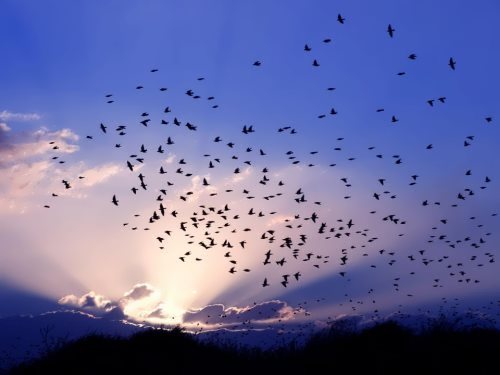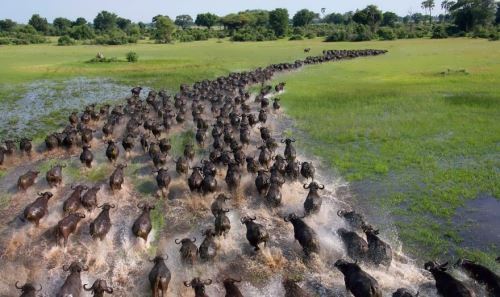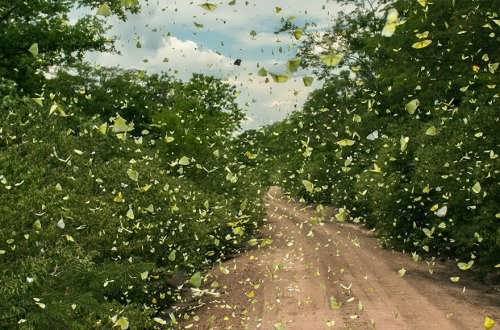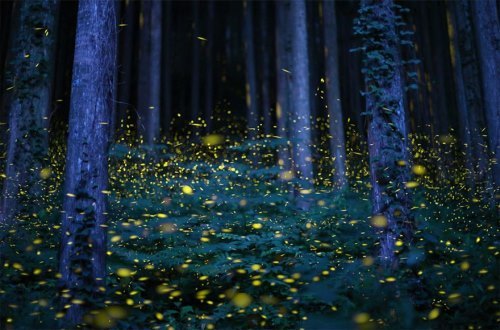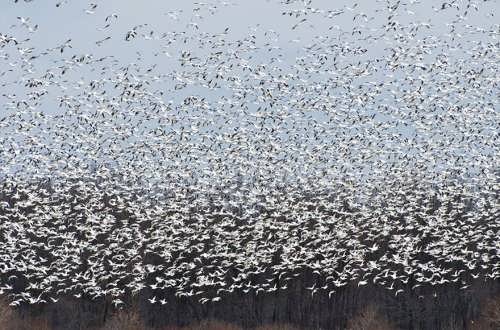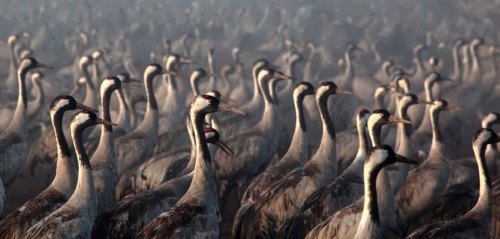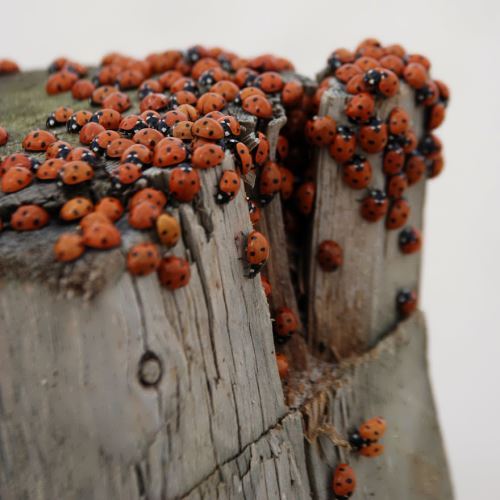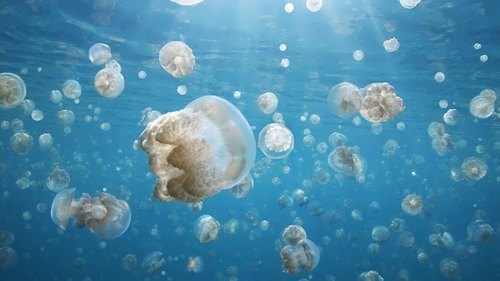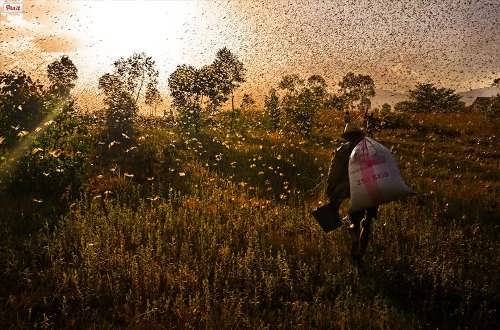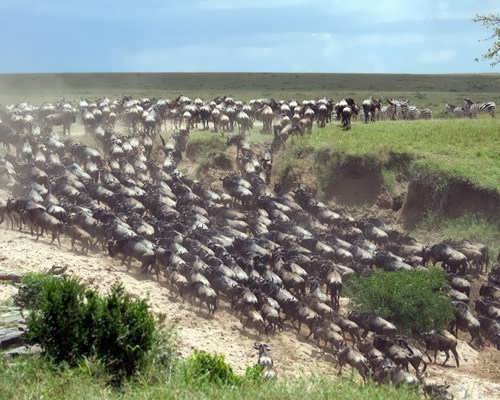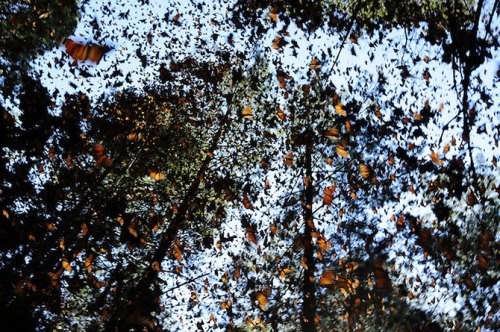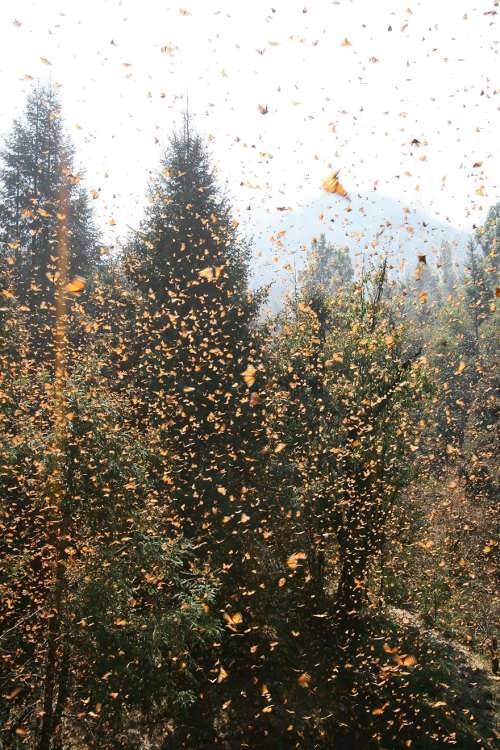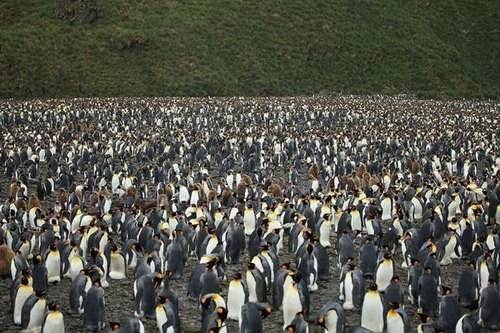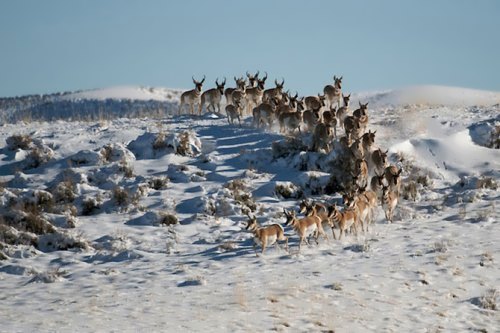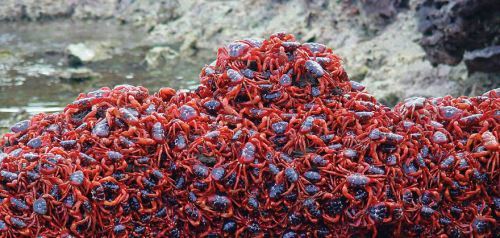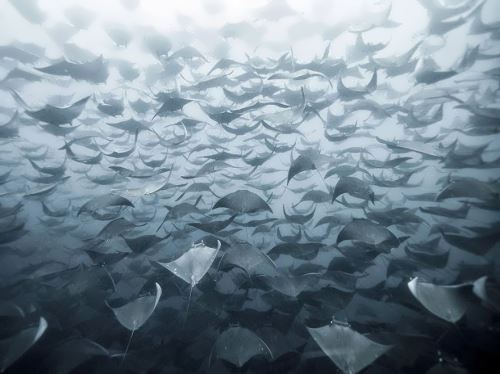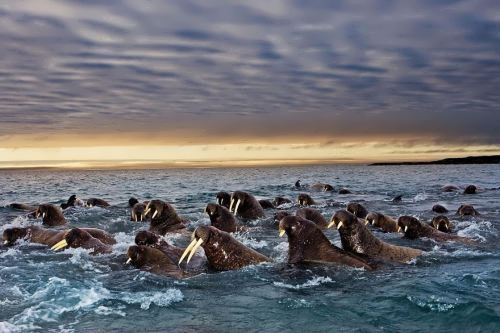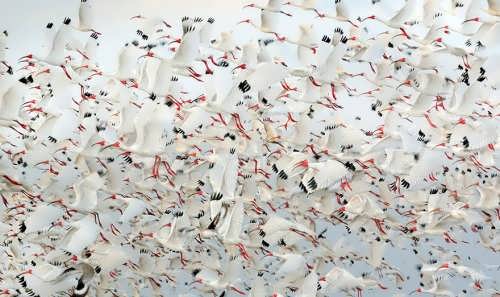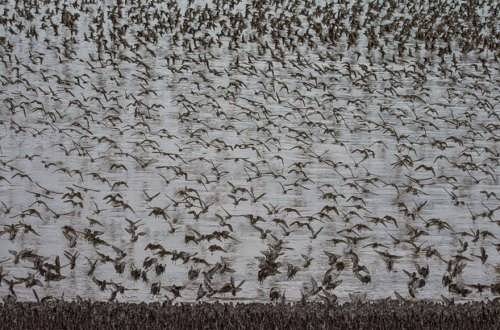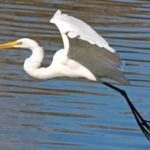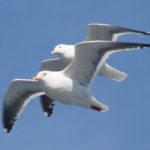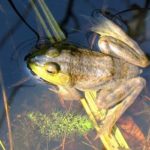Animal Migration – Spectacular Spectacles
Animal migration is one of the most striking events in nature. Many mammals, birds, fish, insects, and other animals migrate from one place to another at certain times of the year. Migration is part of the life cycle of these animals.
Animals migrate for different reasons. They migrate to places where they can hibernate, or rest for the winter, breed or find food.
Animals can travel a few miles or several thousand miles. Migrations can take place either during the day or at night. Migrating animals can find their way over long and complex routes.
The migration behaviors of different species of animals can be categorized as complete, partial, differential, or irruptive. In complete migration, all of the members of a population will travel away from their breeding habitat. The arctic tern is an example of a complete migrant. In other species, some individuals will remain at the breeding ground year round, while other members of the same species migrate away. These species are called partial migrants. Differential migration occurs when all the members of a population migrate, but not necessarily at the same time or for the same distance. Irruptive migration occurs in species which do not migrate at all during some years, but may do so during other years.
Migratory animals travel along the same general routes each year.
Perhaps the most remarkable aspect of migration is the navigational skills. Birds such as the albatross travel hundreds of miles over the featureless open ocean, yet unerringly home in on the same breeding grounds year after year.
Many animals have the ability to sense the magnetic forces associated with the north and south poles. This magnetic sense and the sense of smell are believed to be the most important factors.
Sea turtles make incredible migrations on the high seas. It is known that some leatherback turtles crossed the Pacific Ocean between Indonesia and the United States – a vast distance of more than 20 thousand kilometers – for 647 days. One of the most impressive features of these animals is the ability to find the beach where they were born to lay eggs there.
Dragonflies are capable of migrating over long distances, but until recently scientists have not imagined how far they can travel. In 2009, the researchers found a route of migration of dragonflies with a length of 14 to 18 thousand kilometers, which passed through India, Maldives and Seychelles, Mozambique, Uganda and completed at the point of departure. Incredibly, this grandiose migration requires four generations of dragonflies, with each generation playing its part in a journey. Undoubtedly, this is the longest migration of insects, known to science. It turns out that the dragonflies follow the rains, from the monsoon period in India to the rainy season in East and South Africa.
Perhaps the most famous migration of animals is the journey of millions of individuals of the herds of African wildebeest antelopes, which annually move in search of greener pastures. Wildebeests travel not alone. They are joined by more than 200 thousand zebras and 500 thousand gazelles, followed by predators of the savannah. Such migration is one of the most spectacular spectacles in the world of nature, as the herds cross crocodile-filled rivers, while lions are sneaking around in tall grass.
The annual migration of the monarch butterfly can be called the most colorful in the world. The duration of the migration is 7,000 kilometers and requires 3-4 generations, and as a result these butterflies sometimes cross the Atlantic Ocean.
Populations of reindeer migrate to the longest distance among terrestrial mammals. Their journey is more than 5 thousand kilometers per year.
Seasonal movements of red crabs on Christmas Island are a wonderful sight. More than 120 million red crabs consider this remote island their home, and every year they turn it into a huge moving carpet, moving to the ocean to lay eggs.
Tuna is one of the fastest floating migratory fish. It was recorded that at least one tuna made a journey of 40,000 kilometers, three times crossing the Pacific Ocean for 20 months between the US and Japan.
